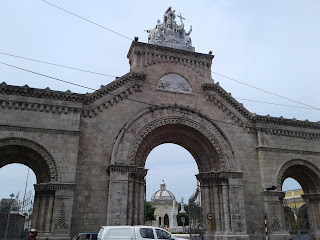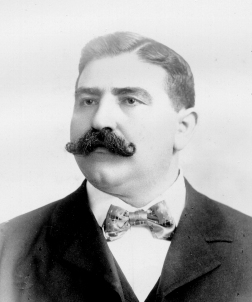The Basics - 01: Getting Started
This document is still under construction. I'm posting it tonight so that it can be used before I'm completely finished with it. More to come! This is for people who are just beginning to create a family tree. Perhaps it might be a reminder for others who have been doing it for years! We'll start with a couple of basic principles: A - Work from the present backwards , one generation at a time. Don't try to begin by looking for your great-great-grandfather. B - Document every bit of information as you find it! Note where the information came from. C - If you have a computer available, use a genealogy data base to keep track of all the information you will be gathering. It may seem unnecessary when you are dealing with only 20 or so people, but as your research turns up new people, you will soon have so much data that without a program, you will never be able to know who belongs to which family. You can use an online program like Ancestry....


